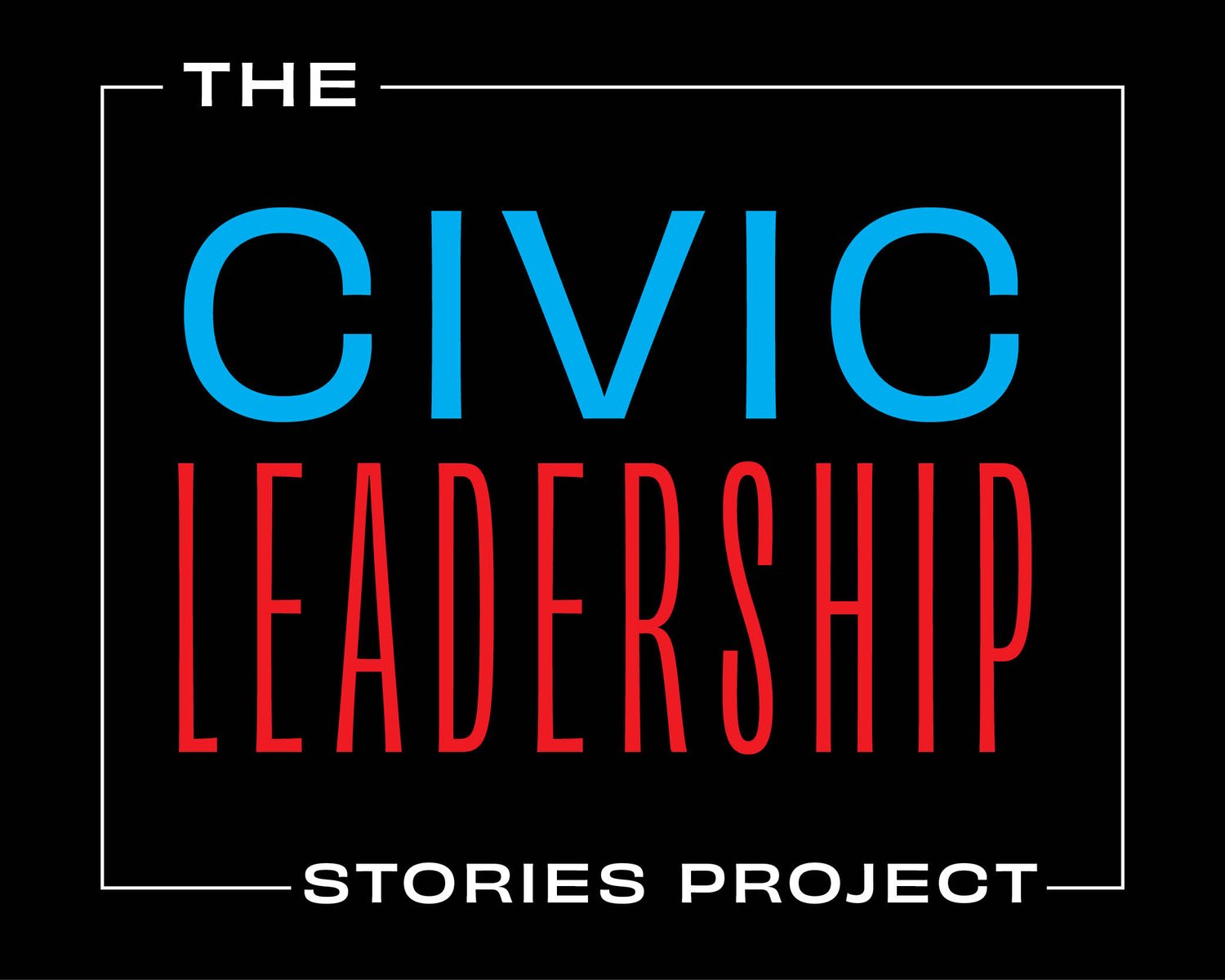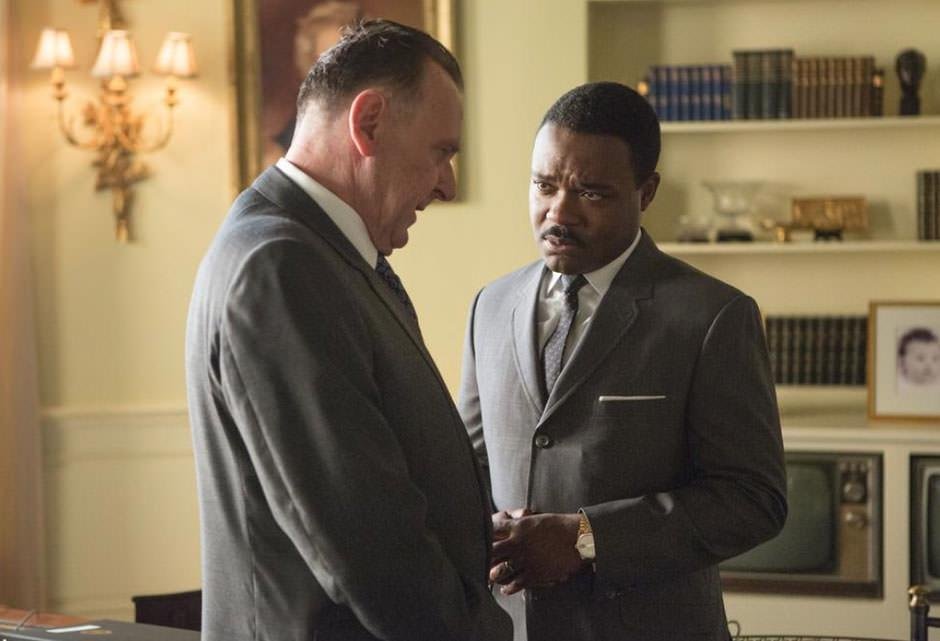Old Storyline #2: Winning power is the end goal.
Because an election campaign or military struggle for power has a natural story arc with tension and conflict, there are many storylines about candidates running for office or military campaigns. These stories usually end with a victory or defeat, but rarely show what comes next.
Winning power is just the start of civic leaders’ stories, not the end. Or maybe even the point.
The work after the victory can get even harder—to build effective teams, negotiate acceptable compromises, and implement lasting solutions. When audiences don’t see this part of the story, they come away with a false sense of security that when an election is won in real life, they can step back.
So gaining power is one thing, but changing old systems is another.
Many newly elected or appointed reformers have discovered how existing power structures stubbornly resist change. It’s a common criticism that once newcomers get into office, they start conforming to the old system. But sometimes they believe they must do this to hold onto the little real power they have to make change. Old systems often push out new leaders who don’t conform. Systemic change requires more than one inspiring hero to turn the tide.
Another complication about campaign storylines is that in real life, the best candidate often doesn’t win. Many storylines about campaigns focus on the strengths and weaknesses of a particular candidate and their team as the primary factors in whether they win or lose. But the strengths or weaknesses of a candidate are just one factor in winning, sometimes a minor one. Often left out of the storyline are the systems that direct money into campaign advertising and the barriers to prevent millions of citizens from having their votes counted, such as gerrymandering and voter ID laws. Also a candidates’ actual strengths are often overshadowed by how they conform to voters’ attitudes and beliefs about class, race, gender, and religion.
New Storyline #2: Civic Leaders using power to challenge unjust and broken systems.
Many storylines portray bad leaders abusing power or good leaders struggling to gain or regain power to help their communities. But there are other opportunities for fresh and inventive storylines that show leaders using the powers they have to serve the public and solve tough problems. Such storylines can explore the ethics of using different kinds of power, the effects of power on leaders, and how power struggles can be resolved. These stories have rich potential for conflict and surprise.
The struggle for justice is unending. From history textbooks to historical dramas, the struggle for justice is often portrayed as inevitable, evolutionary processes, but the reality is much more complex. Justice is often a privilege of power. It is rarely extended to the powerless out of goodwill, but rather because of changing power dynamics. So those who seek justice must be able to harness power effectively as well, and those who lose power may find the world appears to be a less just place.
Civic leaders must fully understand the kinds of powers they have and those they may acquire. They must know what powers their allies and adversaries have as well. They must also understand the consequences to themselves and their communities of how they use their powers, including the power to threaten or inflict violence.
These powers can include
Resources/Money
Influence
Relationships
Information
Technology
Legal Authority
Use of force
Individuals are rarely able to change structures or systems on their own, especially if they are outsiders without their own sources of power. So simply showing more diverse individuals in positions of leadership is not enough. Lone heroes usually fail. Instead, real change requires teams and coalitions of change makers, often whole communities, working together for the long haul. More accurate storylines can show audiences how leaders find power in relationships and coalitions to dismantle the historic systems of racism, economic exploitation, and gender bias.
In a large democracy, groups need to delegate individuals to advocate with government leaders for their cause, whether this is lower taxes, clean rivers, or universal health care. This advocacy is essential, but too often there are more advocates who represent wealthy special interests than there are those who represent other communities. This is in part because the special interests understand the value of having lobbyists and have resources to deploy them. Storylines can help audiences understand how advocacy really works so they may be inspired to take steps to balance these power dynamics in the real world.
Public leaders regularly use their powers to influence others in order to get things done. Even a powerful president must regularly persuade others to take the actions he or she wants. These relationships and alliances present a bounty of storytelling opportunities.
Many storylines across all genres have shown leaders solving problems by employing violence or force, whether through technology, guns or superpowers. However, new storylines can more fully explore the application of the principles and strategies of nonviolence.
What types of power do your civic leaders have?
Do they use their power to maintain unjust and broken systems or to challenge them?
Do they want more power for themselves or do they share it?
How do they view collaboration and compromise?
Do they use violence or non-violence to achieve their goals?
WRITER'S RESOURCE
Story Consulting with Civic Leaders
The Civic Leadership Stories Project’s network of civic leaders, activists, journalists, and researchers can help:



